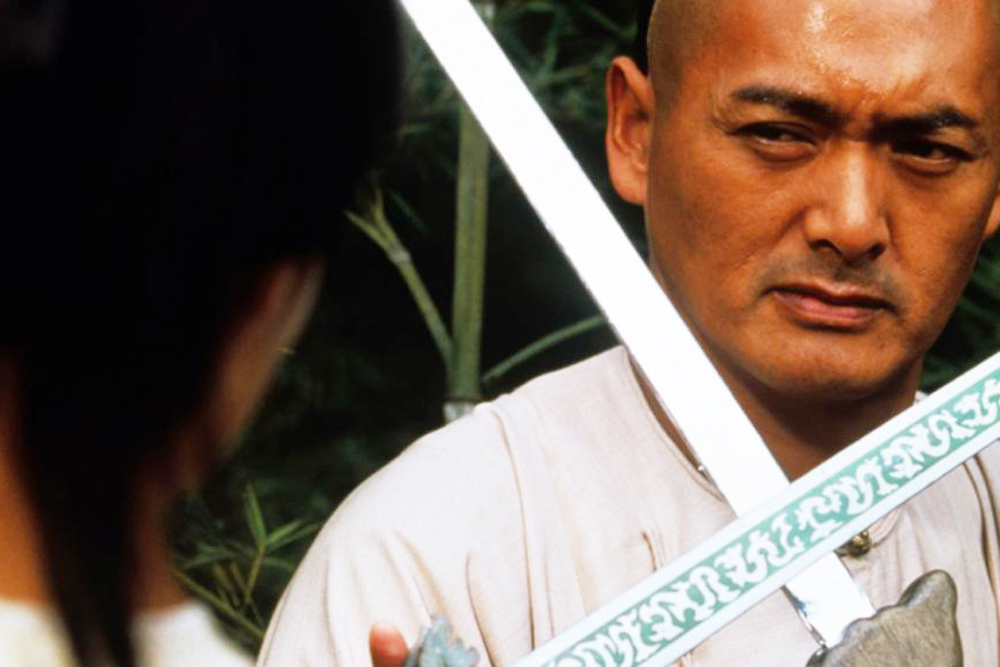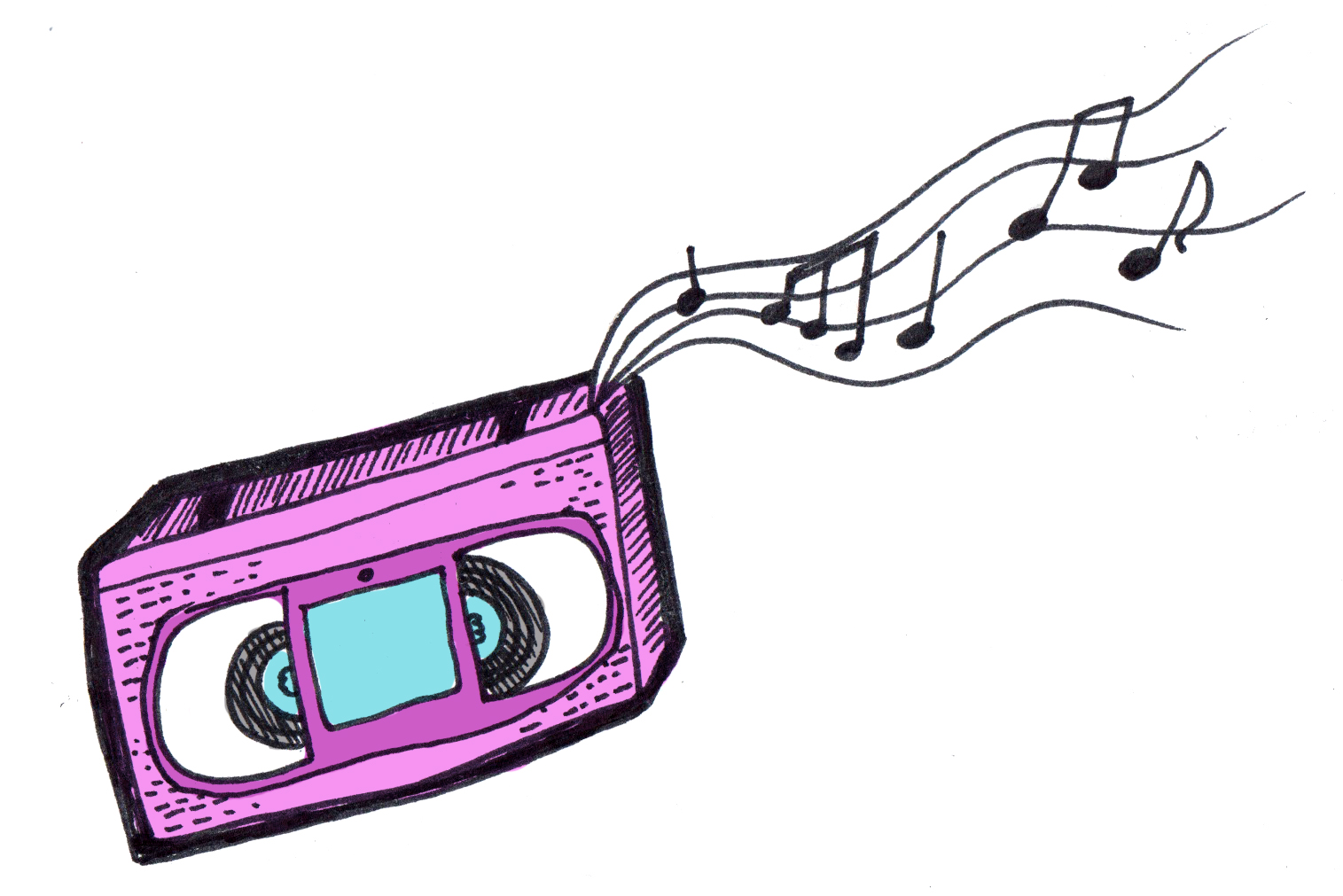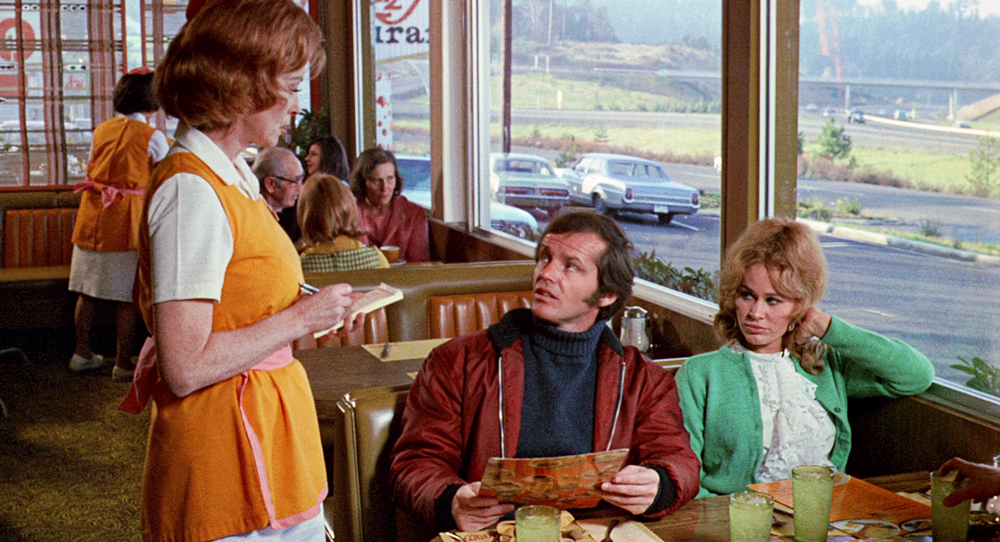The otherworldly Crouching Tiger, Hidden Dragon is more than just an action movie that defies gravity. It is also a multilayered narrative that explores the conflicts between duty and desire, giving depth to the action and heart to its plot.
Directed by Ang Lee, of Sense and Sensibility and Brokeback Mountain fame, and released in 2000 by Sony Pictures, Crouching Tiger has made its mark on the film world as the highest grossing martial arts film ever, with a cool $200 million made worldwide.
The success isn’t surprising considering the all-star cast and crew that backed the film: Chow Yun-fat; Michelle Yeon; and two then-newcomers to the big screen, Zhang Ziyi and Chang Chen.
Famed stunt director
Woo-Ping Yuen from The Matrix and Kill Bill did the martial arts choreography.
To round out the list of talent is Yo-Yo Ma, who composed the cello solos that play throughout the film. Crouching Tiger won an Academy Award for best foreign language film in 2000.
Set in the Qing Dynasty during the 43rd year, Crouching Tiger is the story of two women who both desire freedom from the duty they are bound to.
Shu Lien (Yeon) is a female warrior bound by a promise made to her dead fiancé but in love with Li Mu Bia (Chow). Jen, the daughter of an aristocrat, is bound by an arranged marriage but longs for adventure and freewill.
The competing narratives are tied together by the desired possession of the Green Destiny sword that belongs to Li Mu Bia, but is stolen by a masked Wudang warrior—Jen’s alter ego. Shu Lien helps Li Mu Bia try to get the sword back, but what he truly desires is to train Jen as a disciple of Wudang Mountain.
The complexity of the storyline doesn’t end there.
There is also a revenge plot driven by the murder of Li Mu Bia’s master some years before by Jade Fox (Cheng Pei-Pei), who also stole the secrets of the Wudang style of combat. There is also an epic desert romance that takes place between Jen and a desert bandit named Lo (Chang Chen).
The desert scenes are filled with glorious images of China’s Gobi Desert, and also some standards of Hollywood romantic comedies, like seething, hatred-turned-steamy love.
All of these twists are matched only by the parallel action that takes place in the balletic martial arts sequences, where the characters not only have unmatched speed and composure but can also fly, a technique that is apparently prized by Wudang fighters.
The height of these fight scenes takes place in a bamboo grove between Li Mu Bia and Jen, a scene that is a clear homage to King Hu’s A Touch of Zen, a wuxia classic that is also showing at 5th Avenue Cinema this weekend, and a film that greatly influenced Ang Lee’s Crouching Tiger.
It is a scene of minor action but of great beauty that reveals the importance of composure and humility in being an effective warrior.
The intricacy of the plot does not take away or confuse the overall narrative, but improves it. The complexity and the timeless issues that the narrative unveils bring the film closer to the true complexity of life, ushering a seemingly fantastic tale into the real world of honor, duty and love.
One half expects Jen to wake up in her aristocrat’s bed, realizing that it was all a dream. Luckily, she never does.
With the beautiful Chinese scenery, overall grace of the cinematography and the intricate fight scenes, not to mention the Yo-Yo Ma cello solos, Crouching Tiger, Hidden Dragon is best seen and heard on the big screen, where the kicks will seem bigger and the flights higher.






